Phnom Penh
The capital city of Cambodia is located at the confluence of the Tonle Sap and Mekong Rivers. Founded in 1434, Phnom Penh is the largest city in Cambodia and home to many French colonial buildings and other architecturally significant structures. Almost as soon as I arrived on the bus from Saigon, I was able to arrange a tuk-tuk driver for a whirlwind tour of the city and surrounding areas. The first place we visited was the Tuol Sleng Prison (admission $2), which was formerly a high school and is now the Genocide Museum chronically the horrors of the Pol Pot regime of the late 1970s. After a tour of the prison I climbed back in the tuk-tuk, sat back and relaxed while Curly, my driver, pedaled us out of town in the rain to visit the Killing Fields at Choeung Ek.
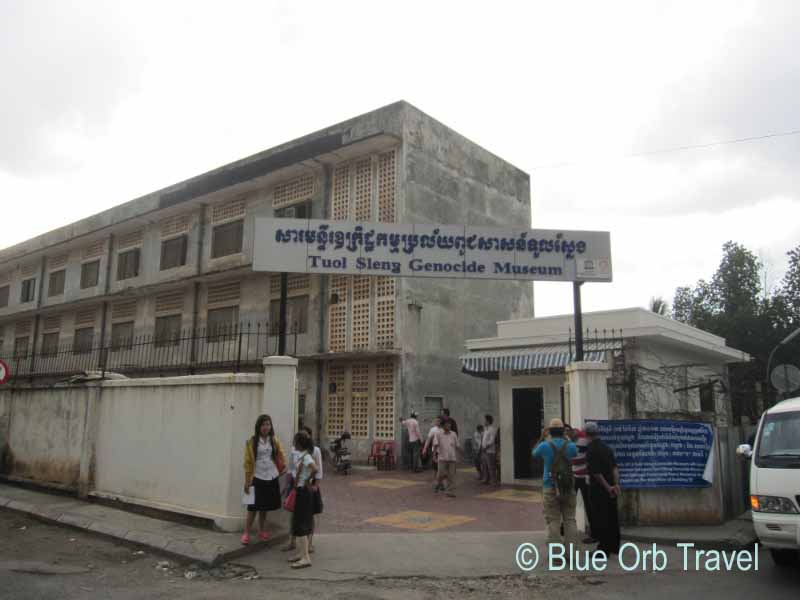
Although it was dark by the time we returned to the city after visiting the Killing Fields, Curly drove me past some of the more important sights. We saw the Independence Monument, built in 1958 to celebrate Cambodia’s independence from France in 1953, the Royal Palace, which consists of a series of buildings established in 1866 and Wat Phnom, the mountain pagoda built in 1373. After returning to my hotel I decided to take a walk down by the promenade along the river and mingle with the locals who were out enjoying the pleasant evening. This is one of my favorite things to do wherever I go and it’s always a great way to experience the vibes of a new city.
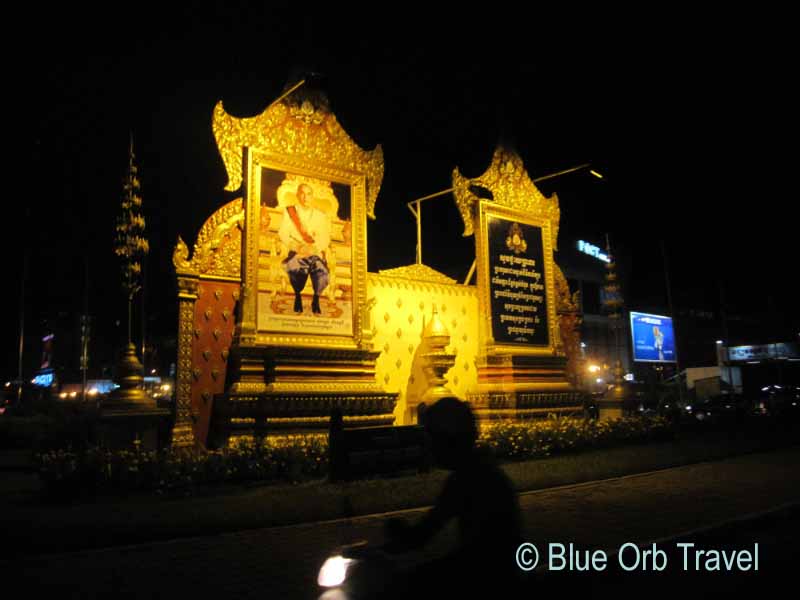
The Killing Fields
Between 1975 and 1979 the communist Khmer Rouge executed more than one million individuals (some estimates are as high as 2.5 million plus) and buried them in various ‘killing fields’ throughout Cambodia. The most famous site is known as Choeung Ek outside of Phnom Penh, now a memorial to all those who were murdered during this dark period of Cambodia’s history. Most of the victims at Choeung Ek were political prisoners held at Tuol Sleng detention center in Phnom Penh. Almost 9,000 bodies were discovered at Choeung Ek and a Buddhist Stupa at the site holds more than 5,000 human skulls. Further adding to the horror of this place, the young children and infants of adult victims were also killed by bashing their heads against trees, some of which are still present on the site.
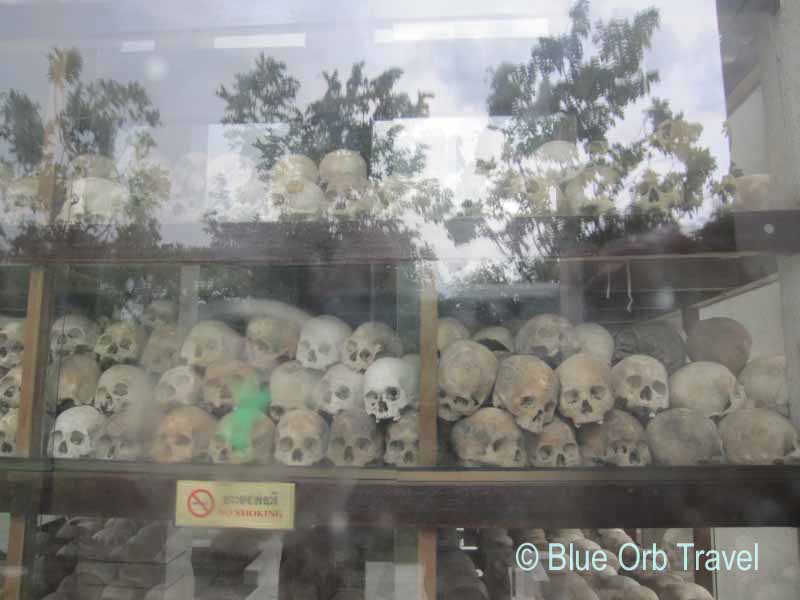
The feeling one gets visiting this infamous place is reminiscent of that which you experience when visiting the Nazi Concentration Camp of Auschwitz in Poland. My experience at Choeung Ek was all the more chilling because my visit took place at dusk, just before closing time on a dreary, rainy day. My tuk-tuk driver dropped me off at the entrance and waited outside while I walked around the memorial site. There was almost no one else there at the time and I was alone with the 5,000 skulls looking back at me. There was an eerie peacefulness about the place and had it not been for its horrible history, this former orchard might have been a beautiful setting. I sat quietly with my thoughts in the tuk-tuk on the ride back to my hotel and after getting into my room it gave me the creeps to see mud from the killing fields still on my shoes.
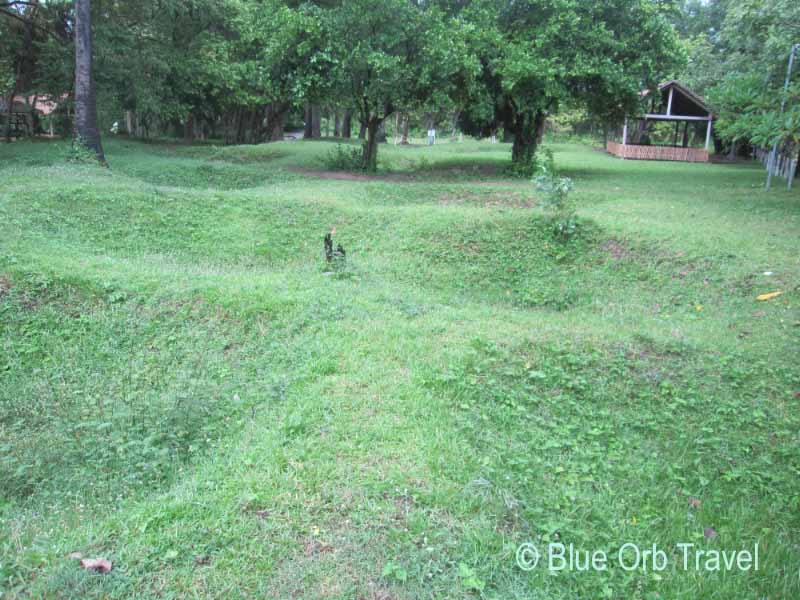
Getting There and Getting Around
The bus trip from Saigon, Vietnam to Phnom Penh, Cambodia was easily arranged through my hotel in Saigon and cost only $20. I was picked up at the Thanh Lien Hotel at 8:30 AM by a modern, comfortable bus and arrived in the capital city of Cambodia by 3 PM. At the border crossing Americans can purchase a visa on arrival for $25 and although it was a somewhat drawn out procedure, the bus driver helped us navigate the steps involved in getting the visa.
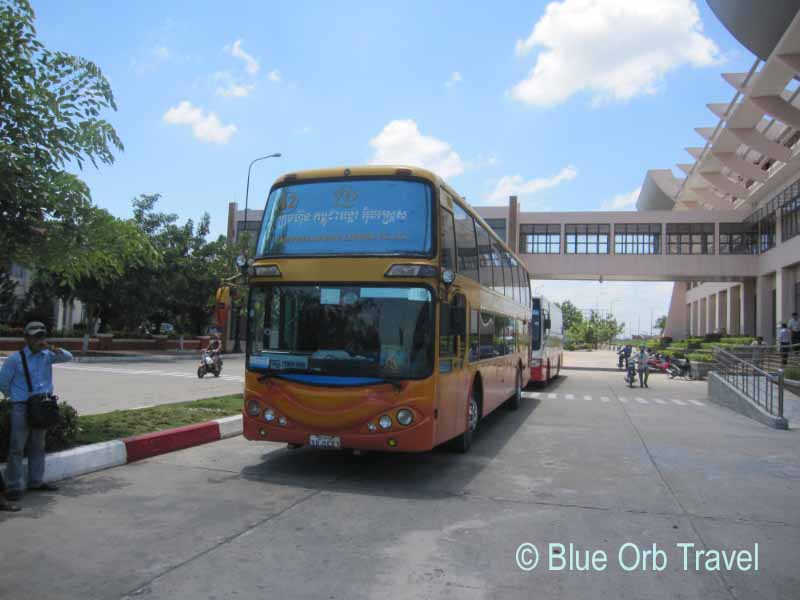
On the bus I met a nice fellow from North Carolina by the name of Will Boggs who was starting a summer job as an English teacher in Cambodia and have enjoyed following his round the world trip this past year on Facebook. After arriving in Phnom Penh, there was a passel of tuk-tuk drivers waiting to take us anywhere we wanted to go. I lucked out when I selected ‘Curly’ as my driver and he delivered me to the City Center Hotel, which turned out to be a great place to stay.
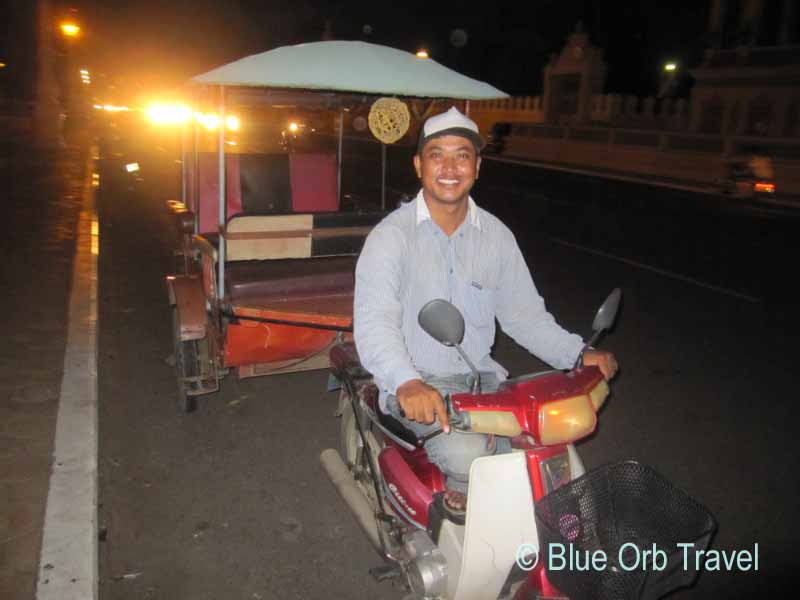
City Center Hotel
The appropriately named City Center Hotel was located in the heart of Phnom Penh, within walking distance of many of the major sights as well as the riverfront. I was able to get a nice room with private bathroom for $35, which included breakfast the next morning. The front desk staff were friendly and helpful and assisted me in booking a minivan to Siem Reap for the next day. The hotel was clean and safe and along with its great location and excellent value, the City Center Hotel satisfied all my requirements for an awesome accommodation.
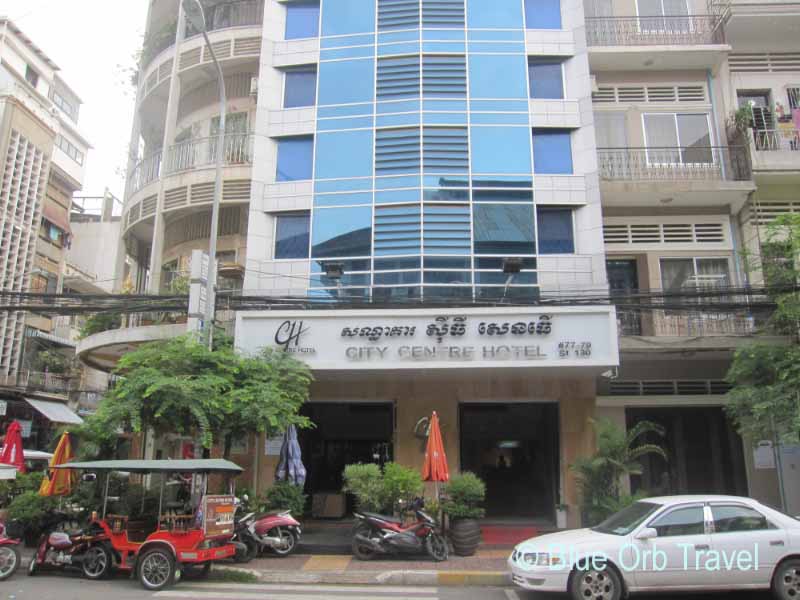
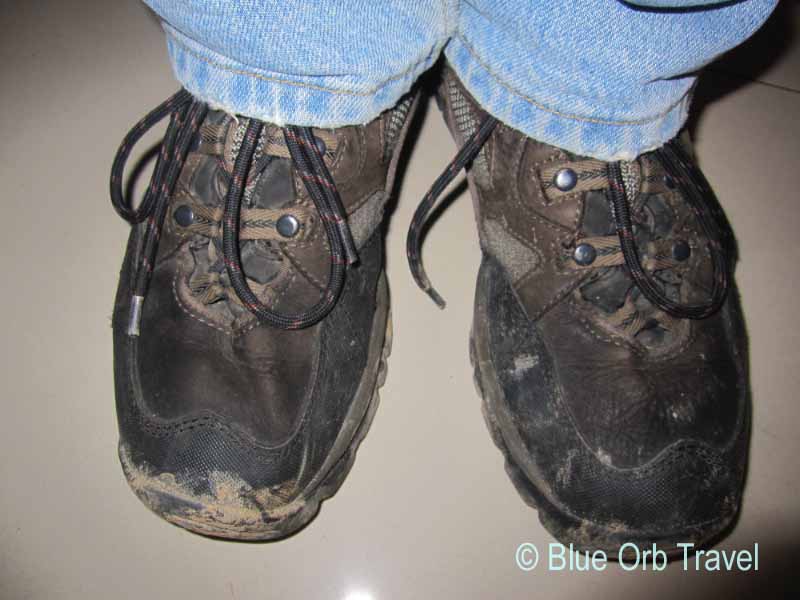
Editorial Comment
The kindness and friendliness of the Cambodian people you meet everywhere throughout the country belies the dark recent past which will haunt them for many years to come. Their willingness to face straight on the horrific events of the past is a tribute to their resilience and determination to build a prosperous and peaceful county. By transforming the former Tuol Sleng Prison into a Genocide Museum and encouraging tourists to visit the Killing Fields, the Cambodian government has gained credibility and respect on the world stage.
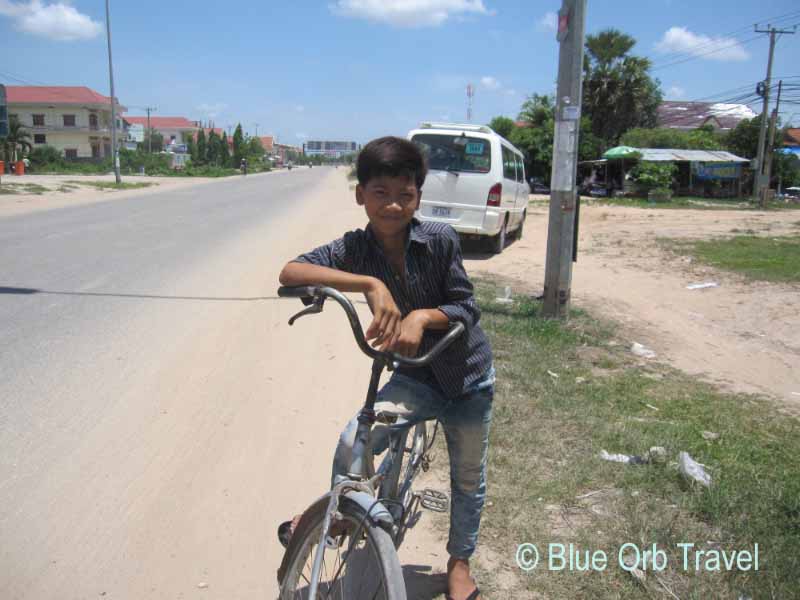

Thanks for the details about transportation via bus and tuk-tuk in Cambodia. I’m planning a trip there soon and found your article very helpful..
You handled the delicate subject of Cambodia’s recent history wonderfully in this article. Phnom Penh is now on my bucket list..